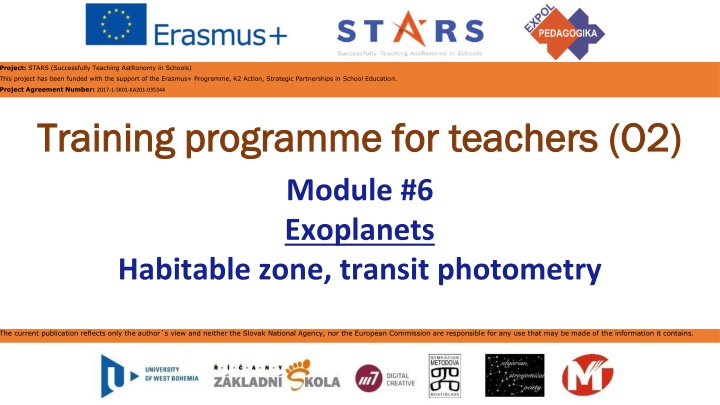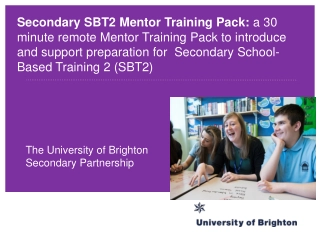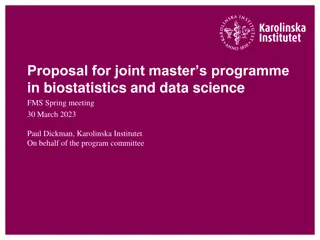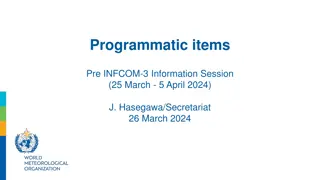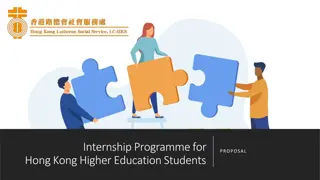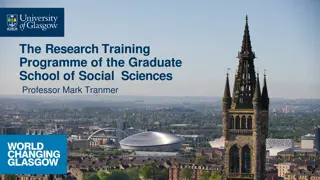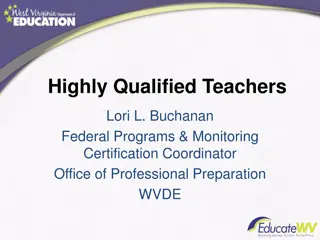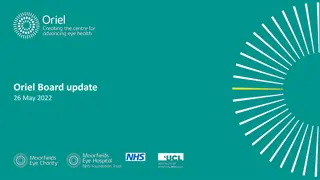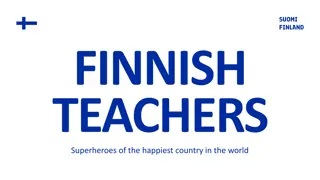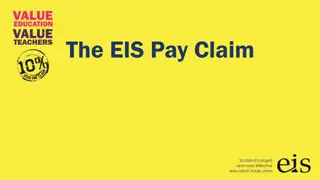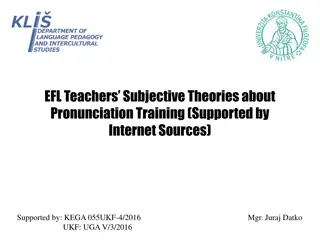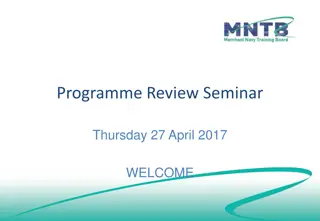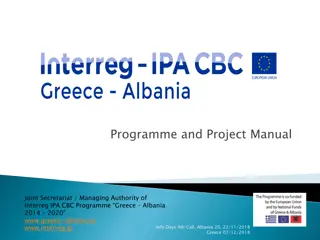Training programme for teachers (02)
"Project STARS, funded by the Erasmus+ Programme, aims to enhance astronomy education in schools through the K2 Action Strategic Partnerships. Join us to explore the wonders of the universe!"
Download Presentation

Please find below an Image/Link to download the presentation.
The content on the website is provided AS IS for your information and personal use only. It may not be sold, licensed, or shared on other websites without obtaining consent from the author.If you encounter any issues during the download, it is possible that the publisher has removed the file from their server.
You are allowed to download the files provided on this website for personal or commercial use, subject to the condition that they are used lawfully. All files are the property of their respective owners.
The content on the website is provided AS IS for your information and personal use only. It may not be sold, licensed, or shared on other websites without obtaining consent from the author.
E N D
Presentation Transcript
Project: STARS (Successfully Teaching AstRonomy in Schools) This project has been funded with the support of the Erasmus+ Programme, K2 Action, Strategic Partnerships in School Education. Project Agreement Number:2017-1-SK01-KA201-035344 Training programme for teachers Training programme for teachers (O2) Module #6 Exoplanets Habitable zone, transit photometry (O2) The current publication reflects only the author s view and neither the Slovak National Agency, nor the European Commission are responsible for any use that may be made of the information it contains.
Project STARS introduction 1. STARS Methodological Handbook for Teachers ready-to-use resource for teachers 2. STARS Training Program for Teachers innovative and comprehensive approach 3. STARS Online Platform with examples of good practice and opportunities for discussions and exchange 4. STARS Concept for Astronomy Education Program International Online Conference 2020 project-stars.com The current publication reflects only the author s view and neither the Slovak National Agency, nor the European Commission are responsible for any use that may be made of the information it contains.
Project STARS modules #1 #2 #3 #4 #5 Constellations. Motion of Celestial Bodies. Newton's law of Gravitation. Discovery of the Universe. Solar System. #6 #7 #8 #9 #10 Galactic Neighbourhood. Sun and Stars. Our Galaxy and other galaxies. The Universe. Observatories. The current publication reflects only the author s view and neither the Slovak National Agency, nor the European Commission are responsible for any use that may be made of the information it contains.
Structure of the modules There are several topics in each module. Each topic contains: A brief introduction and key words; Theoretical part for the teacher - provides the basic information, necessary for the planning a lesson on that topic (and links to additional information in some cases). Practical exercises and activities for the students - ready for use in the classroom (in most cases) and with answers provided where applicable. The current publication reflects only the author s view and neither the Slovak National Agency, nor the European Commission are responsible for any use that may be made of the information it contains.
How to work with the materials 1 1. Carefully read the theoretical part for the teacher. 2. Should questions arise, look for answers in the supplementary materials , on the project s website (project-stars.com), or other internet sites. Attention! Make sure the information is reliable! 3. Prepare the theoretical part of your lesson. The current publication reflects only the author s view and neither the Slovak National Agency, nor the European Commission are responsible for any use that may be made of the information it contains.
How to work with the materials 2 4. Read carefully the practical exercises and their answers. 5. Should questions arise, look for answers in the supplementary materials , on the project s website (project-stars.com), or other internet sites. Attention! Make sure the information is reliable! 6. Depending on the theoretical content of your lesson, choose appropriate practical activities to use. You can look for additional exercises in the supplementary materials or at the webpage of the project (project-stars.com), or other internet sites. Attention! Make sure the information is reliable! The current publication reflects only the author s view and neither the Slovak National Agency, nor the European Commission are responsible for any use that may be made of the information it contains.
How to work with the materials 3 7. Keep in mind that some of the activities require materials that should be available during the lesson. 8. We recommend you try out the activities yourself before presenting them in the classroom. Based on yours students ages and abilities, you might need to modify the activities (either to make them easier or more difficult). However make sure to keep them correct in terms of physics. 9. You can give parts of, or whole exercises as homework. The current publication reflects only the author s view and neither the Slovak National Agency, nor the European Commission are responsible for any use that may be made of the information it contains.
dule 6 contents 6.1 Exoplanets Habitable zone, transit photometry. The current publication reflects only the author s view and neither the Slovak National Agency, nor the European Commission are responsible for any use that may be made of the information it contains.
Theoretical contents 6.1 Exoplanets Exoplanet designation; history of discovery; detection methods (radial velocity, transit photometry). The current publication reflects only the author s view and neither the Slovak National Agency, nor the European Commission are responsible for any use that may be made of the information it contains.
List of practical activities 6.1.1 Habitable zone 6.2.1 Transit photometry The current publication reflects only the author s view and neither the Slovak National Agency, nor the European Commission are responsible for any use that may be made of the information it contains.
Practical activity: 6.1.1 Habitable zone Methodical part: Pupils will understand that there are places with high and low temperatures around the parent star, including areas (habitable zone), where the surface of exoplanet is suitable for keeping water in a liquid state. Material and tool: Radiant heat source, two thermometers (one with a blackened bulb, one with a shiny bulb), laboratory stand with clamps, meter rule, graph paper Procedure: Pupils study the change in the surface temperature of the exoplanet with the change in distance from the parent star. The current publication reflects only the author s view and neither the Slovak National Agency, nor the European Commission are responsible for any use that may be made of the information it contains.
Practical activity: 6.1.1 Habitable zone Change of surface temperature with change of distance from parent star Surface temperature decreases with increasing distance. Change of surface temperature with change of albedo (reflectivity of exoplanet surface) Surface temperature decreases with increasing albedo. Influence of the atmosphere The presence of the atmosphere increases the temperature of the exoplanet. Habitable zone The interval of distances from the parent star, where exoplanets can have liquid water on their surface at sufficient atmospheric pressure. Tempera tures between 0 C and 100 C (depending on atmospheric pressure). Solar system and habitable zone Just Earth. astronomia.zcu.cz/hvezdy/exoplanety/102-katalogy-exoplanet The current publication reflects only the author s view and neither the Slovak National Agency, nor the European Commission are responsible for any use that may be made of the information it contains.
Practical activity: 6.1.1 Habitable zone stabilization of values on thermometers do not look unnecessarily into a light bulb watch out for exceeding temperatures on thermometers interpolation data curves recording values 5 cm distance reduction The curve for the blackened thermometer lies above the curve for the glossy thermometer, higher reflectivity leads to a lower temperature. temperature 1 m charts for both thermometers distance from source black bulb radiant light source aluminium foil bulb The current publication reflects only the author s view and neither the Slovak National Agency, nor the European Commission are responsible for any use that may be made of the information it contains.
Practical activities: 6.2.1 Transit photometry Methodical part: Pupils will understand how the method of transit photometry works and on what parameters the light curve of a star with a transiting exoplanet depends. Material and tool: Light bulb (preferably spherical with diffusing globe), light detector (ideally equipped with a data logger or connectable to a PC with suitable software for analysing measured data; alternatively can use a stopwatch), laboratory stand with a clamp, cork/polystyrene balls of diverse sizes, piece of string Procedure: Pupils study the method of transit photometry. The current publication reflects only the author s view and neither the Slovak National Agency, nor the European Commission are responsible for any use that may be made of the information it contains.
Practical activities: 6.2.1 Transit photometry Direct imaging of exoplanet Complicated with regard to their very small angular distance from its star and low brightness compared with the parent star. Light curve Dependence of the observed brightness of an object (typically a star) on time. The effect of an exoplanet on light from the parent star Exoplanets can regularly cover the disk of the parent star regular dips on the light curve. Shape of light curve The separation of dips depends on the orbital period, the depth of dips on the ratio of the size of the s tar to the exoplanet The current publication reflects only the author s view and neither the Slovak National Agency, nor the European Commission are responsible for any use that may be made of the information it contains.
Practical activities: 6.2.1 Transit photometry relative luminous flux laboratory stand string bulb clamps string time ball detector of light ball bulb The current publication reflects only the author s view and neither the Slovak National Agency, nor the European Commission are responsible for any use that may be made of the information it contains.
Conclusions, results check 1 Feed Forward: Base your plans for the next lessons on the results of the pupils: Difficulty of the lessons: depending on pupils comprehension of the material and level of completion of the activities. Preparation: Clear and well appointed goals of the lesson and activities. When the goal is well understood, the attention towards a task/material is easier and more effective. Approach toward the material: What would be the correct approach that would help the student comprehension and activity completion. The current publication reflects only the author s view and neither the Slovak National Agency, nor the European Commission are responsible for any use that may be made of the information it contains.
Conclusions, results check 2 Self-evaluation: self-discipline, steering and control of the activities. Individual approach: Individual approach and guidance. Check: How did I do? Individual evaluation of the pupil s work, pertaining to the specific activity and goal. Must contain information about the advance (or lack of) the pupil has made and to guide them to achieve the goals and standards. The current publication reflects only the author s view and neither the Slovak National Agency, nor the European Commission are responsible for any use that may be made of the information it contains.
